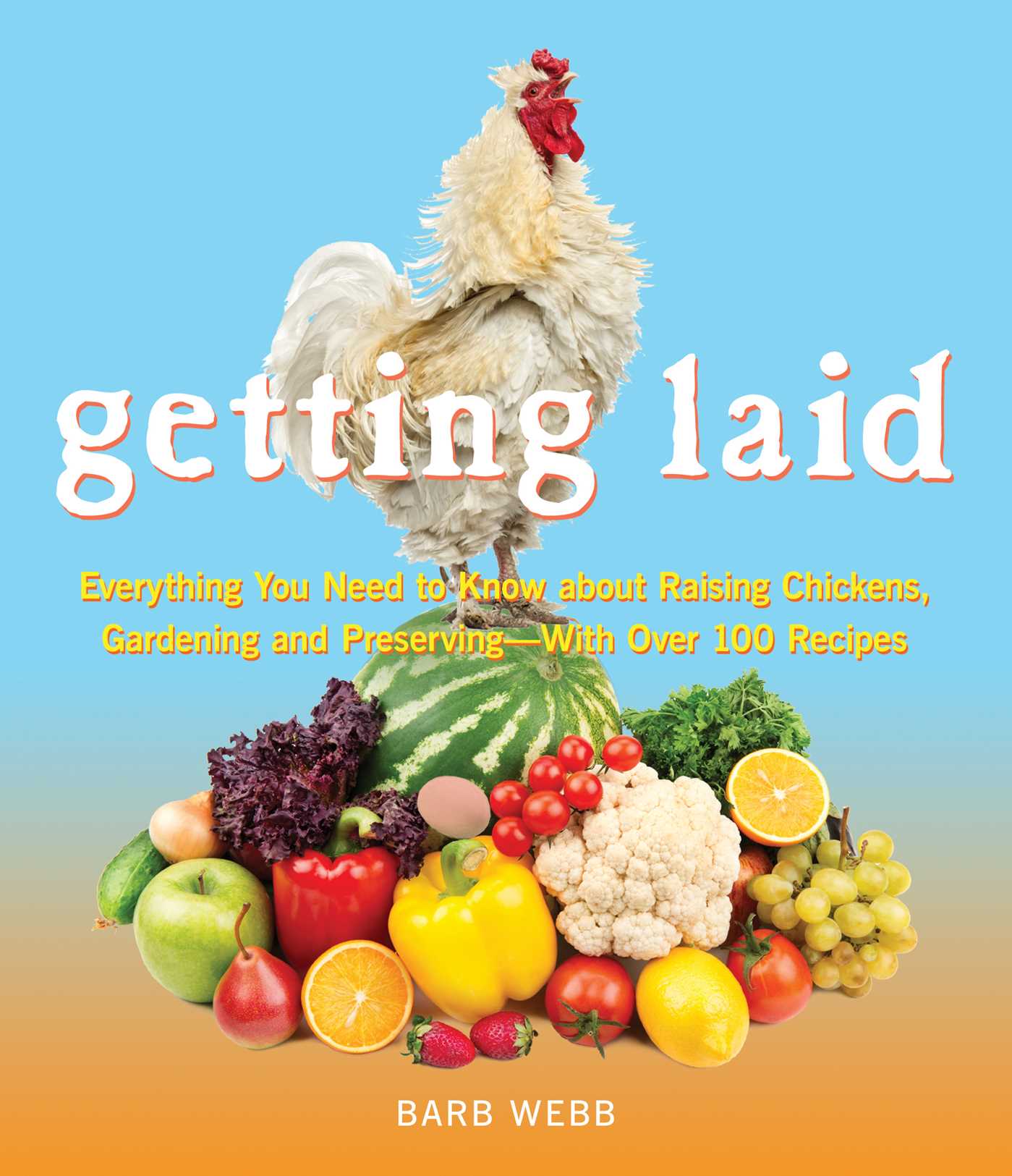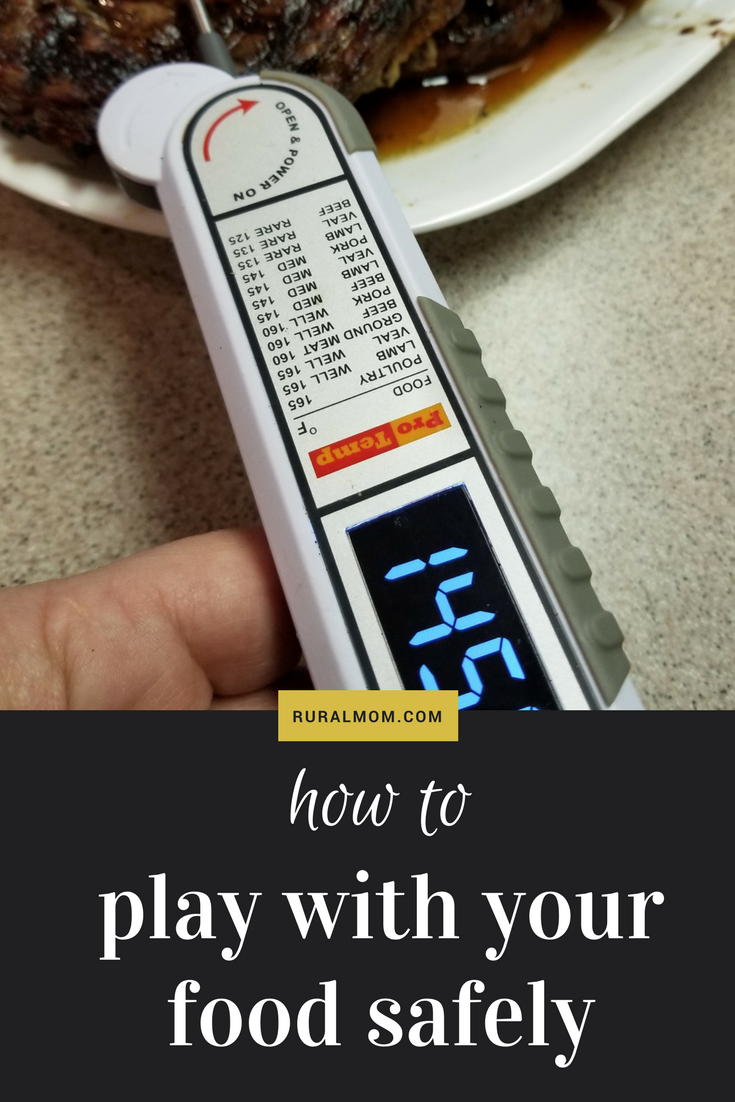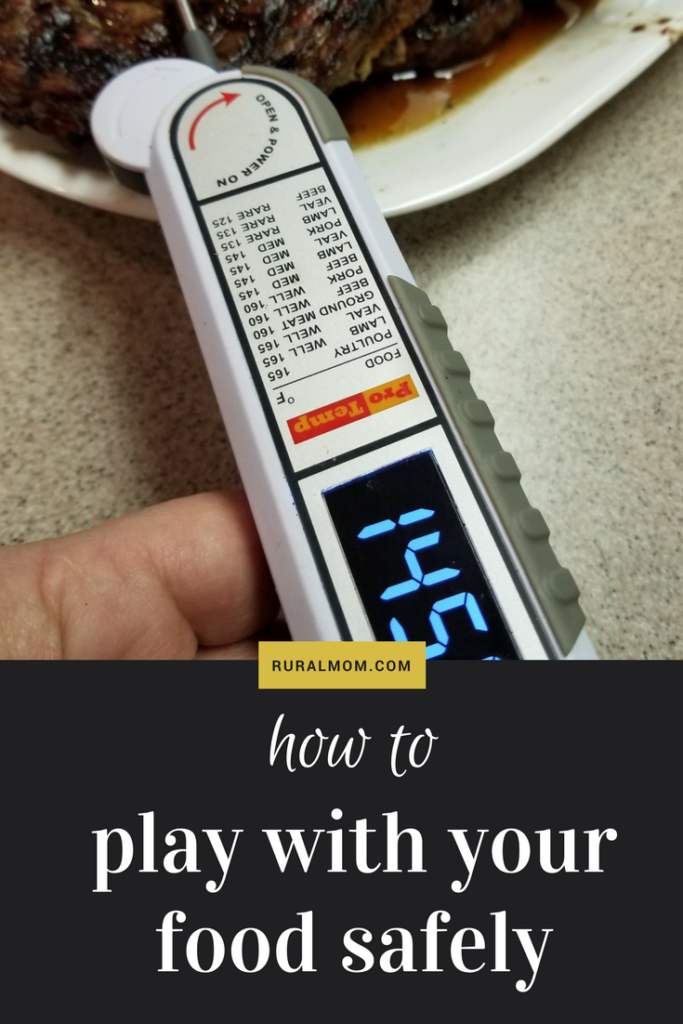Not many people like to think about or talk about the “icky” side of the kitchen – the deep, dark invisible places where germs reside, but things like Salmonella are real threats to your farm fresh culinary enjoyment. Thanks to my partnership with Maverick Housewares, I’m sharing some important tips to help you play with your food safely!
The good news is, with a few good safety habits, you can dramatically reduce or eliminate the threat of most food borne illnesses. Trust me, your tummy (and your family and friends,) will thank you for the extra precautionary measures.
DO gently wash all eggs as soon as they are brought into the home and wash your hands thoroughly after. There’s some debate about whether farm eggs need to be washed, but as the saying goes “sorry” is not where you want to wind up.
DO cook eggs and poultry (and other meats) to the proper internal temperature. Current food safety standards for eggs is 160 degrees F and for chicken is 165 degrees F. Always check FoodSafety.gov for temperature safety standards.
DO use a meat thermometer to test proper temperatures for meat and a standard instant read thermometer for other foods. It is the most accurate way to test for doneness. Don’t use any old thermometer, though. It pays to invest in quality equipment to give accurate readings.
As I’m a professional cookbook author and food blogger who is constantly whipping up recipes, I definitely don’t want to settle for a sub-par thermometer. My current kitchen helper is the PT-100 Pro Temp Commercial Thermometer from Maverick Housewares. This handy tool is a water, dust, and shock-resistant commercial grade thermometer with NSF (National Sanitation Foundation) approval. The PT-100’s probe will monitor food ranging from -40 to 450 degrees Fahrenheit, and displays temperature readings on its high-contrast LCD screen.
My favorite featuring is is consistent accuracy, but I also love the cooking chart on the body of the device and the ease of clean-up.
DON’T cross-contaminate foods. Raw meat and veggies do not play well together. Wash your hands, utensils, equipment and work surfaces before and after handing each food item.
DO use a quality cutting board with antibacterial properties. Marble, glass and wood are all excellent choices. Be sure to clean it properly after use according to the material needs.
DON’T use eggs with broken shells. If they are cracked or leaking, compost them! (Did a small hole in your compost bin and crack the egg into it, crumble up the egg shells, then bury to help avoid odor problems.)
DO store your foods at proper temperatures. Bacteria rapidly multiplies between temperatures of 40 degree F and 140 degrees F. If cold or hot foods will be set out for a long time (such as for buffet use or holiday gatherings) use ice or cold packs to keep your cold items fresh and use food warmers for hot foods.
DON’T consider cooking times in recipes to be 100 percent accurate. Always check temperatures, when pertinent and look for signs of doneness, for example, the browning of crust on bread.
DON’T trust that your oven temperature is accurate. Invest in an oven thermometer to monitor the internal temperature of your oven and make adjustments to ensure proper temperature for recipes, when necessary.
This tip is equally important for outdoor grills. Temperature can vary greatly from one grill grate spot to another, so it pays to have a specialty thermometer designed for outdoor grill use like the ET-735 Bluetooth Thermometer from Maverick Housewares. This weather-resistant thermometer connects to your iOS or Android device via Bluetooth, allowing you to keep the grill closed and to prep other dishes or enjoy your company when using your outdoor grill or smoker.
You can monitor the temperature of your food and oven from up to 160 feet away with up to four waterproof probes and receive alerts via its accompanying app once the desired temperature is reached. One of my favorite features is the 15 preset temperatures for all types of meat already in the app and the ability to input a custom temperature.
DO read recipes thoroughly to ensure you understand and follow the steps properly. If you experience “recipe failure” it is often due to missing an important step.
Whether you are a new chef or a seasoned one, it never hurts to refresh your memory on the best kitchen safety practices to ensure you play with your food safely. After all, you don’t want anything to spoil your fabulous meal!




